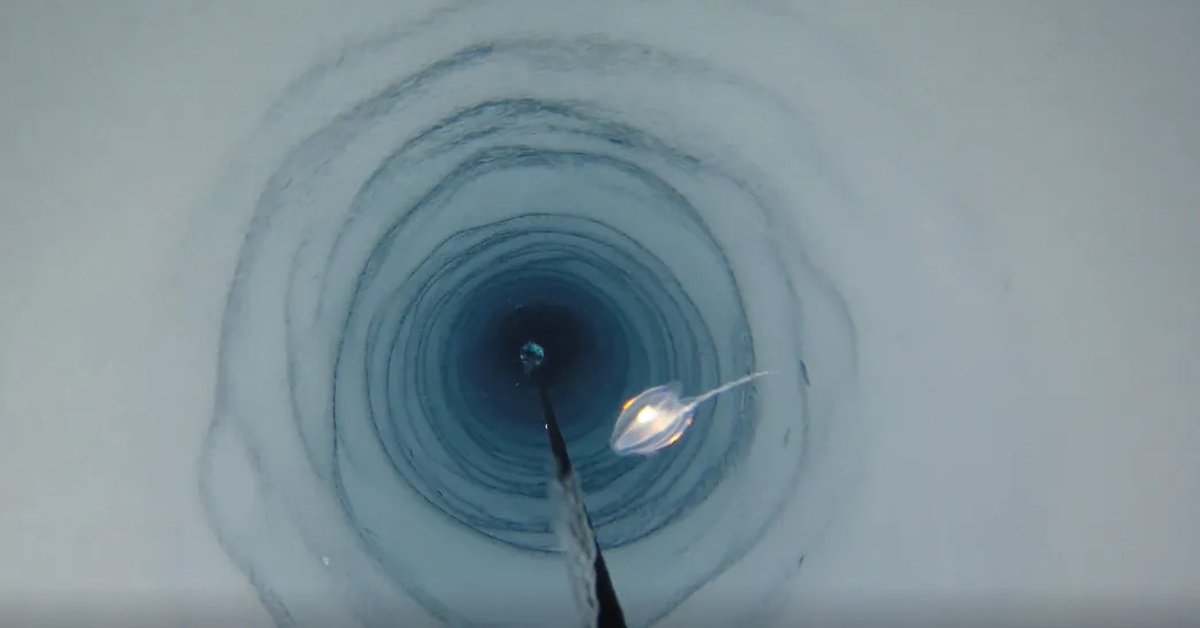The discovery contradicts much of our current knowledge about life on Earth.

British Antarctic Survey geologist James Smith and engineer Paul Anker drilled down 900 meters (2952 feet) into the Filchner-Ronne Ice Shelf and lowered a camera into the hole to study the seabed sediment. There, they discovered peculiar life forms that cast doubt on our understanding of how organisms are able to live away from sunlight.
As the researchers were drilling into the ice shelf, they unexpectedly struck a boulder. To their surprise, a camera attached to the drill captured footage of a group of creatures clinging to the rock. At a distance of 260 kilometers (161 miles) from the open ocean, in an environment where temperatures drop to -2.2 °C and complete darkness prevails, very few animals have ever been observed so far. Now, for the first time ever, the scientists discovered the existence of stationary animals – such as sponges and possibly numerous unidentified species – attached to the boulder.
Earlier explorations have come across certain tiny predators and scavengers, including fish, worms, and krill, in comparable Antarctic environments. Nevertheless, this recent finding is particularly unexpected because these animals are sessile, meaning they are immobile or stationary. Typically, such sessile creatures are filter feeders that depend on food particles drifting past them from above.

Based on the findings of this recent research, it is believed that this community of animals is positioned as far as 1,500 kilometers (932 miles) upstream from the nearest source of photosynthesis. This raises questions about the means by which these creatures acquire their energy and nutrients.
“This discovery is one of those fortunate accidents that pushes ideas in a different direction and shows us that Antarctic marine life is incredibly special and amazingly adapted to a frozen world,” said biogeographer and lead author, Dr Huw Griffiths of British Antarctic Survey.
“Our discovery raises so many more questions than it answers, such as how did they get there? What are they eating? How long have they been there? How common are these boulders covered in life? Are these the same species as we see outside the ice shelf or are they new species? And what would happen to these communities if the ice shelf collapsed?”
It is plausible that these organisms derive their energy from alternative sources, such as from glacial melts or through chemotrophic processes from methane seeps. However, in order to confirm this hypothesis, the research team will have to gather samples of these creatures. This task is far from easy, given the extremely remote location where these organisms are situated.

“To answer our questions we will have to find a way of getting up close with these animals and their environment – and that’s under 900 m of ice, 260 km away from the ships where our labs are,” said Griffiths.
“This means that as polar scientists we are going to have to find new and innovative ways to study them and answer all the new questions we have.”
Griffiths and the team emphasize that the window of opportunity to investigate and safeguard these ecosystems is closing rapidly, given the effects of climate change and the disintegration of these ice shelves.
Sources: 1, 2, 3
